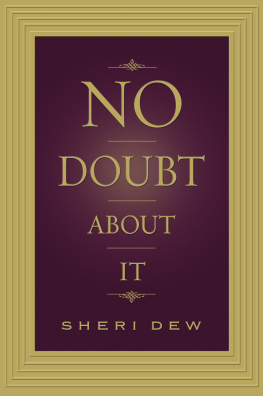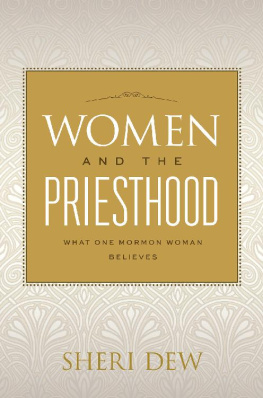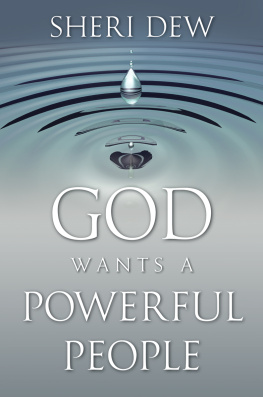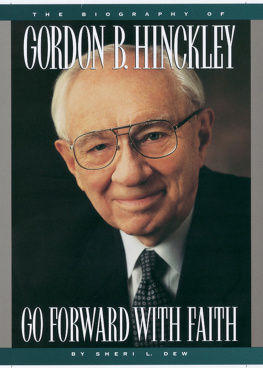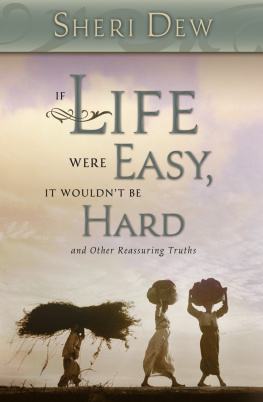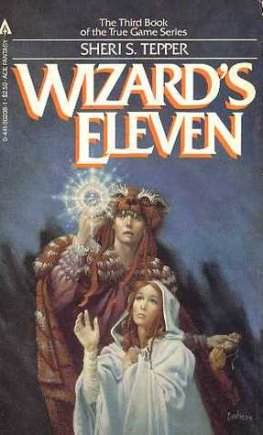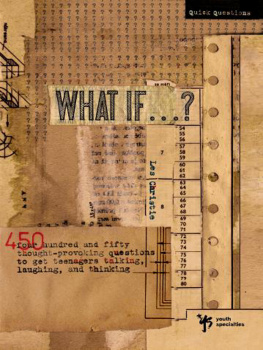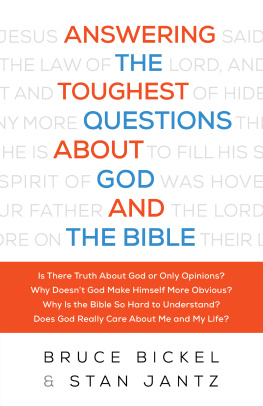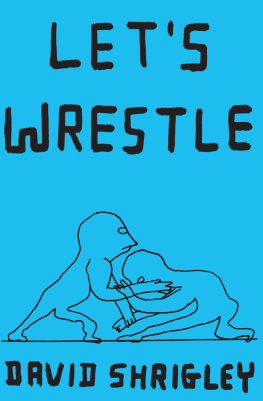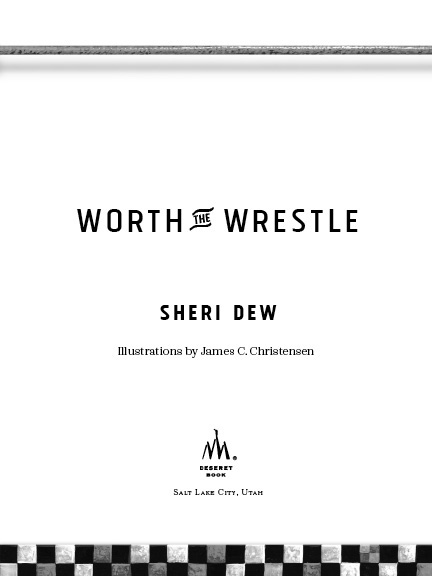2017 Sheri L. Dew
Illustrations James C. Christensen
All rights reserved. No part of this book may be reproduced in any form or by any means without permission in writing from the publisher, Deseret Book Company, at permissions@deseretbook.com or P. O. Box 30178, Salt Lake City, Utah 84130. This work is not an official publication of The Church of Jesus Christ of Latter-day Saints. The views expressed herein are the responsibility of the author and do not necessarily represent the position of the Church or of Deseret Book Company.
Deseret Book is a registered trademark of Deseret Book Company.
Visit us at DeseretBook.com
Library of Congress Cataloging-in-Publication Data
Names: Dew, Sheri L., author.
Title: Worth the wrestle / Sheri Dew.
Description: Salt Lake City, Utah : Deseret Book, [2017] | Includes bibliographical references.
Identifiers: LCCN 2017000048 | ISBN 9781629722351 (hardbound : alk. paper)
Subjects: LCSH: Christian lifeMormon authors. | MormonsReligious life. | Faith. | ConversionThe Church of Jesus Christ of Latter-day Saints. | ConversionMormon Church.
Classification: LCC BX8656 .D495 2017 | DDC 248.4/89332dc23
LC record available at https://lccn.loc.gov/2017000048
Printed in the United States of America
Publishers Printing, Salt Lake City, UT
10 9 8 7 6 5 4 3 2 1
COVER IMAGE CREDIT
Book design Deseret Book Company
Art direction by Richard Erickson
Design by Sheryl Dickert Smith
Cover illustration Hold to the Rod James C. Christensen
To Cathy Chamberlain and James C. Christensen
Two friends whose lives and work
epitomized a joyful wrestle
Introduction
In my early twenties, I was a graduate student in history at BYU. My emphasis was on Church history, and one of the courses focused on complex issues in our recorded history. The class was smallfewer than ten studentsand most were doctoral candidates, though I was seeking a masters degree.
The professor structured the course so that we spent two weeks discussing a given problem area in our history, such as the different recorded versions of the First Vision, or Hawns Mill, or the Mountain Meadows Massacre. One week we would be assigned to digest a large reading list on the chosen topic, and the following week we would meet to discuss what we had read. I was young and nave and thought nothing of it when, in the first class period, the professor said, If any of you are struggling with your testimonies, you may not want to continue with this course. Having been raised in a devout LDS family, I remember thinking, Well, nothing will bother me.
So I dismissed his comment and didnt think about it againuntil the day we met to discuss the topic of study for that week: polygamy. I walked into class that day to find an elderly woman seated at the table where we always spread out the stacks of reading material wed digested. (Remember, this was well before the digital age, back when university students lugged books around.) The table was piled high with books, letters, documents, certificates, family history records, and so forth.
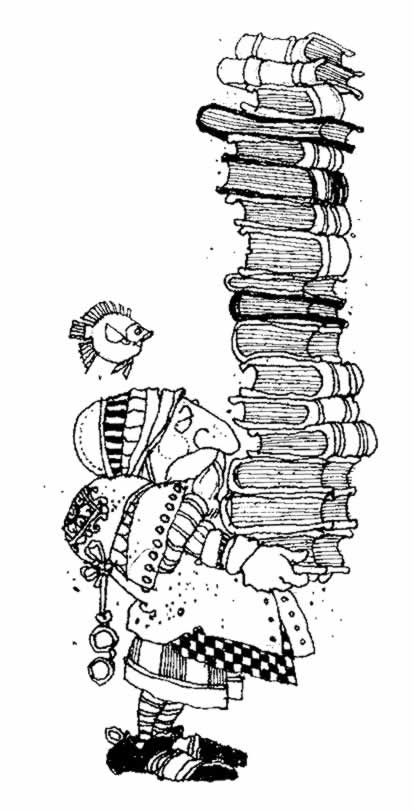
This woman, as it turned out, was the matriarch in a large polygamous family living in southern Utah. The professor turned our several-hour class period over to her, and she proceeded to lay out the premise for the continuation of plural marriage beyond the Manifesto in 1890with her fundamental argument being that the most righteous of the Lords people on earth still practiced that law. As she made her case, this woman produced document after document supporting her claims. Any questions I asked that day fell flat. Neither I nor even my more advanced classmates knew enough to debate the issue with her.
I left that class bewildered. To this day, I could walk to the spot on campus where I was standing when I asked myself, Could she possibly be right? Her message didnt feel right, but her story and argument were convincingespecially for an inexperienced young adult seeing for the first time materials like the ones shed presented. At that moment, all I knew was that I did not know enough to refute her claims and that her assertions seemed valid.
It was troubling, and I found myself thinking about that experience again and again. Unlike today, at that time it was difficult if not almost impossible for a university student to have access to historical records that would sufficiently address the subject. Very little that was helpful had been written about it. And no one I talked to had answers that were the least bit comforting. So an element of uncertainty gnawed at me, sort of like a leaky faucet dripping in the background. The most unsettling thing was that I found myself wondering what else I didnt know or understand about our history. My testimony wasnt in jeopardy, but I felt stuck spiritually.
In time I finished my course work at BYU and accepted a position as an editor-in-training with a publishing house in Salt Lake City. Two important privileges, even blessings, came to me through that job. First, I worked under the mentorship of a distinguished editor, a gracious and learned man from Great Britain, H. George Bickerstaff. George was a brilliant, meticulous editor, and I watched and learned from him as he worked with some of the brightest minds in our culture to produce classic literary works. One of the major things he taught me was that in the pursuit of a stronger, better, clearer manuscript, a great editor asks great questions. The better and tougher the questions, the more refined the finished product would be.
The second blessing came when George assigned me to work with Truman Madsen as the editor of his biography on Elder B. H. Roberts. Truman was a world-renowned philosopher/scholar and a devout student and superb teacher of the gospel, and I was overwhelmed with the assignment. Truman Madsen was... well, Truman Madsen. He was a hero of mine. I resonated with his teachings about the Prophet Joseph Smith and had listened to his talks about the Prophet again and again. Trumans combination of intellect, experience, and spiritual acuity was remarkable, and I wondered what possibly qualified me to attempt to refine his work, as editors do. But I quickly learned that he wantedno, he expectedme to grill him on anything and everything in his manuscript that raised even the slightest question in my mind. Many times, when I posed those questions, he would respond, Well, what do you think? What I thought was that he was Truman Madsen, that I was a young, lowly, junior editor, and that his opinion mattered infinitely more than did mine. But that wasnt how he saw itor, at least, that wasnt how he treated me.
Throughout the editing process, Truman and I spent hours discussing possible refinements to his work. As a result, I had the chance to ask this gifted man anything I wanted to ask himincluding about polygamy. Finally there was someone I trusted who was willing to discuss the questions I had on that topic. His specific answers arent relevant here; what matters is that from him I learned that questions can be instruments of growth. I learned that the Lord will respond to sincere questions. I learned that the humility that accompanies the asking of questions mirrors, though in small measure, the humility demonstrated by the Savior again and again. And I learned that, although there are some answers we dont have, there is no question or issue or problem that the Lord doesnt understand completely, omnipotently.


